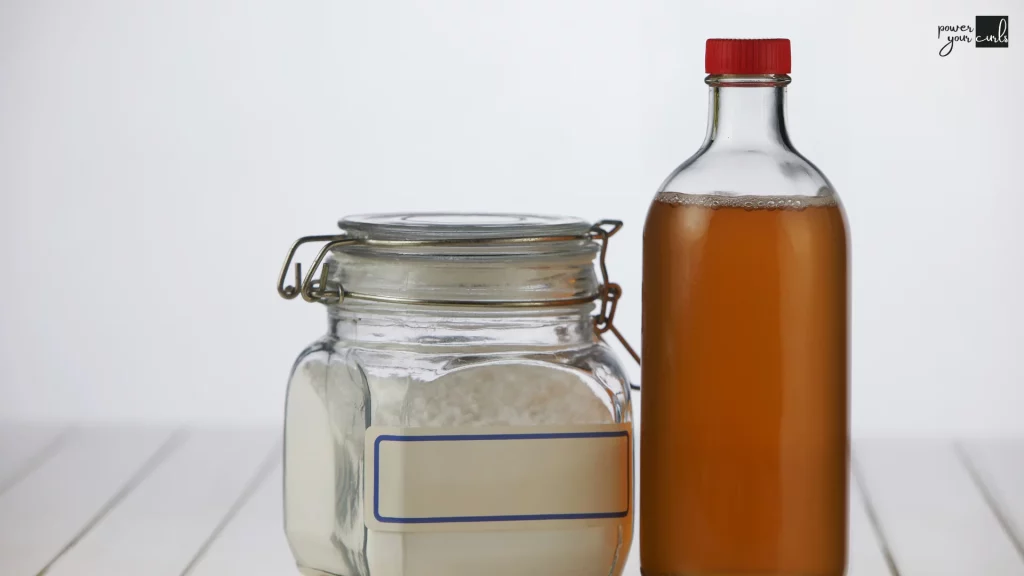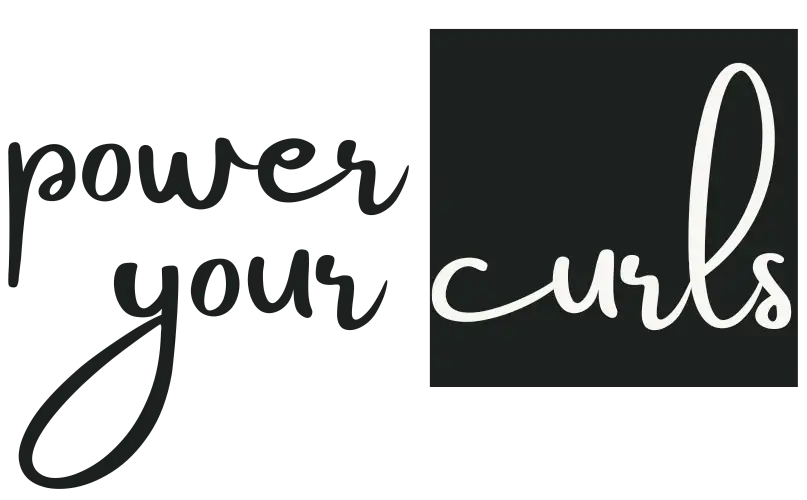The no-poo method has been the new buzz among the hair-conscious citizens of Gen Z and Gen Millenial towns for quite a while.
The no poo method, short for “no shampoo,” is a hair care routine that involves cleansing your hair and scalp without using traditional shampoo products, instead relying on natural alternatives or simply water to maintain healthy, vibrant locks.
I’ve been on my no-poo routine for over a year, and while I switched back to my usual shampoo-inclusive routine, I saw the hype behind this method. That’s why I’m here to share my experiences and help you navigate this exciting new approach to hair care.
The Science Behind No Poo Speaks Volumes
Our scalps are incredibly intelligent organs, producing natural oils (sebum) to protect and nourish our hair. This sebum acts as a natural conditioner, keeping our hair soft, shiny, and moisturized. But here’s the kicker – when we constantly strip these oils away with harsh shampoos, our scalps go into overdrive, producing even more oil to compensate. It’s like a never-ending cycle of wash, rinse, repeat – literally!
Why commercial shampoos Are counter-intuitive for your scalp health?
I don’t want to paint all shampoos with the same brush but commercial shampoos often contain sulfates and other harsh detergents that effectively cleanse our hair, but at what cost? These ingredients can be so powerful that they strip away not just dirt and excess oil, but also the beneficial natural oils our scalps produce. It’s like using a sledgehammer to crack a nut – sure, it gets the job done, but it causes unnecessary damage in the process.
So ditching shampoos altogether does feel like a good way forward for those who take their hair and scalp health seriously.
Getting Started with No Poo
The Transition Phase
Starting your no-poo journey is exciting, but I won’t sugarcoat it – there’s often a transition phase that can be quite challenging. Your scalp needs time to adjust and rebalance its oil production. During this period, which can last anywhere from a few weeks to a couple of months, your hair might feel extra oily or even a bit waxy. But don’t give up!
Essential Tools and Ingredients
To begin your no-poo routine, you don’t need much. You probably already have most of the essentials in your kitchen. Some key items include:
- A boar bristle brush for distributing natural oils
- Apple cider vinegar for clarifying rinses
- Baking soda (used sparingly) for deep cleansing
- Natural ingredients like aloe vera, honey, or various clays
- A good dry shampoo
So how to cleanse your hair? Common No-Poo Methods
Water-Only Washing
The water-only method is exactly what it sounds like – using nothing but water to cleanse your hair. It’s the most minimal approach to no poo, relying on mechanical cleaning (like scritching and preening) to distribute scalp oils and remove dirt. I tried this method for a month, and while it was challenging at first, I was amazed at how soft and manageable my hair became. But this method isn’t viable to remove stubborn product buildups caused by other hair care products.
Baking Soda and Apple Cider Vinegar Combo

This method uses a paste of baking soda for cleansing, followed by an apple cider vinegar rinse for conditioning. It’s a popular starting point for many no-poo beginners. However, be cautious – baking soda can be quite alkaline and may disrupt your scalp’s pH balance if used too frequently.
Clay and Herbal Rinses
Clay masks and herbal rinses offer a gentle yet effective way to cleanse your hair on a no-poo routine. Rhassoul clay, for instance, is known for its ability to absorb excess oils without stripping the hair. Herbal rinses made from ingredients like chamomile or rosemary can add shine and address specific hair concerns.
Co-Washing
Co-washing, or conditioner-only washing, involves using a silicone-free conditioner to cleanse your hair instead of shampoo. It’s a great option for those who want to ditch traditional shampoos but aren’t ready for full no poo. I often recommend co-washing to friends who are curious about no poo but hesitant to take the plunge.
Dry shampoo (not recommended)
Dry shampoo can be a good cleansing alternative for occasional use, absorbing excess oil, grease, and dirt between washes. However, it’s not ideal for long-term use. Dry shampoo can form a sticky and pungent build-up on the scalp, potentially clogging hair follicles and interfering with your scalp’s natural oil production. It’s also not cleaning your hair.
So opt for natural DIY dry shampoos. For oily days, use arrowroot powder or cornstarch as a natural dry shampoo. For darker hair, mix with a bit of cocoa powder to match your hair color. It’s been a lifesaver during busy weeks!
how to curate your No Poo routine based on Your Hair Type?
Your hair type dictates how you approach no poo. Curly hair, for instance, tends to be naturally drier and may benefit from more moisturizing and hydrating no-poo methods. Straight, fine hair might require lighter approaches to avoid weighing it down. I have type 2C curls, and I found that a combination of co-washing with occasional herbal rinses works best for me.
Adapting Methods Based on Hair Porosity
Hair porosity – how easily your hair absorbs and retains moisture – is another important factor. Low-porosity hair might benefit from lighter, more frequent cleansing, while high-porosity hair often needs more moisturizing treatments. Understanding your hair’s porosity can be a game-changer in your no-poo routine.
things that helped me enhance enhance no-poo routine
- Investing in a Scalp Brush: A silicone scalp brush can work wonders during your no-poo journey. Use it in the shower to massage your scalp, stimulating blood flow and helping to distribute natural oils. I found this particularly helpful during the transition phase when my scalp felt extra oily.
- Dry Brushing on wash days: Before washing, spend 5-10 minutes brushing your dry hair from the scalp to the ends. This helps move oils down the hair shaft, naturally conditioning your locks. It’s become a relaxing pre-shower ritual for me.
- Cold Water Rinses: Ending your wash with a cold water rinse can help seal the hair cuticle, reducing frizz and adding shine. It took some getting used to, but the results were worth the initial shock!
- A Microfiber Towel: Switch to a microfiber towel or an old t-shirt to dry your hair. These gentler alternatives reduce frizz and breakage compared to regular terry cloth towels. This tip stands regardless of your hair care routine.
- Scalp Exfoliation: Once a month, try a gentle scalp exfoliation using a mixture of olive oil and brown sugar. This helps remove build-up and promotes a healthy scalp environment.
is no-poo beneficial after all?
I say this based on the assumption that you’ve simply replaced shampoo with a milder form of hair cleansing method like the ones I mentioned above.
Reduced Exposure to Harmful Chemicals
Many commercial shampoos contain potentially harmful ingredients like sulfates, parabens, and artificial fragrances. By going no poo, you’re minimizing your exposure to these chemicals.
A healthier Scalp Microbiome
Your scalp, like your gut, has a delicate microbiome. No poo methods help maintain this balance, potentially reducing issues like dandruff and scalp irritation.
Time and Money Savings
Needless to say, with a simplified hair care routine, you’ll spend less time washing and styling your hair. Plus, you’ll save money on those fancy salon shampoos.
Increased Hair Volume
Many no-poo enthusiasts report increased hair volume as their hair becomes less weighed down by product buildup.
color-treated hair lasts longer
If you dye your hair, no poo methods can help preserve your color for longer, as you’re not constantly washing it out with harsh detergents. Enhanced
Natural Texture
Without silicones coating your hair, you may discover your hair’s true texture – be it waves, curls, or natural volume that was previously weighed down.
So…are you ready to ditch the suds and embrace the no-poo routine? Your healthier, more vibrant hair is waiting just around the corner. Why not give it a try? You might just find that going against the grain (or should I say, against the foam?) is the best decision you’ve ever made for your hair.
Will my hair smell bad if I stop using shampoo?
No, it shouldn’t. After a brief adjustment period, most people find their hair smells neutral or pleasant. Natural cleansers like apple cider vinegar can help maintain freshness. If you notice any odd odors, adjust your cleansing method or frequency.
Can I still style my hair as usual when following a no-poo routine?
Yes! Many find their hair becomes more manageable over time. You can use heat tools and natural styling products. Your hair may hold styles better without product buildup. Just ensure thorough cleansing to prevent residue.
Can I go no poo if I have hard water?
Yes, with some adjustments. Try using a shower filter, vinegar rinses, citric acid rinses, or clay washes to combat mineral buildup. You might need to clarify more often. Many successfully maintain no poo routines even with hard water.
